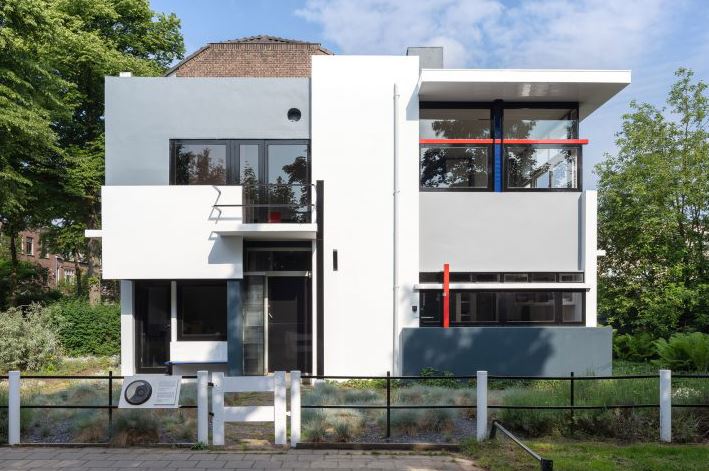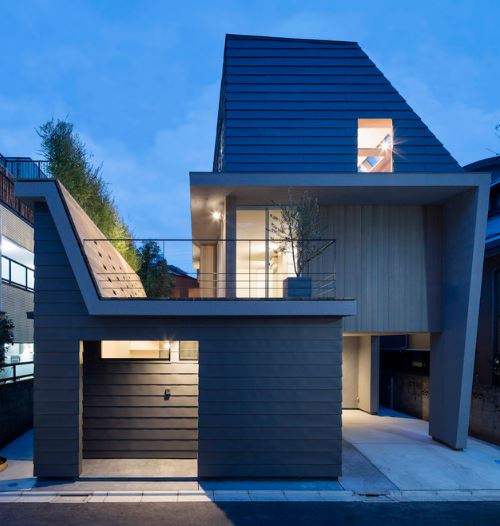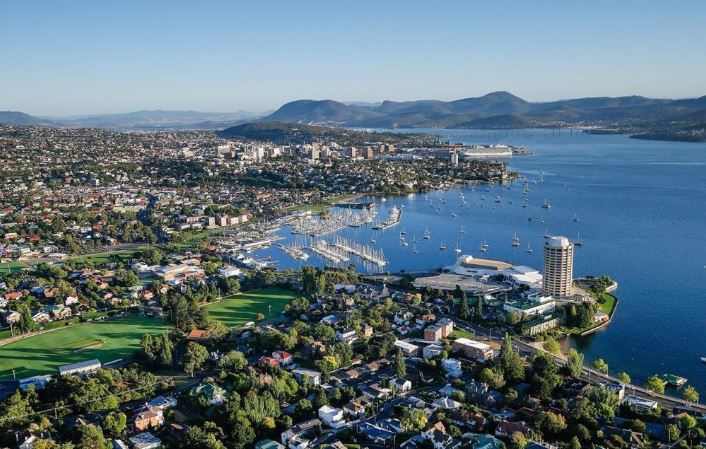
Recently, due to the Australian policy, if ordinary investors want to enter Australian real estate, it seems that it is not so convenient; the tightening of loan and tax policies has made many investors feel that Australian real estate investment is hindered;
As far as products are concerned, the main satisfaction of the house is the daily life of human beings; his core purpose is to live and sleep. As for concepts like home, they are all things after sleeping. So it is absolutely right to do real estate around the core of sleeping. Then around. Commercial real estate has long been known to investors, but it has experienced domestic fears of being bitten by snakes for one year and fearing wells for ten years. Because it only knows that Australia can invest in residential properties, it dare not care about commercial real estate in Australia. Does avoiding commercial real estate avoid business opportunities or risks? After reading a lot of information, I found that the ideas and opinions that have been presented can not be mistaken. The investment is also to make money, but with the broadening of the horizon, the rate of return on investment will increase due to reasonable planning, so it is not appropriate to rely too much on China to buy a house or Investment experience looks at Australian real estate. So let’s first look at the difference between Australian residential and commercial properties. The following article also provides a reference for your investment in Australia.

Definition of two types of real estate

Residential real estate
Simply put, residential real estate is developed to sleep for people, rest for the family as a unit, and shelter from the wind and rain; the second is to carry out development research on this core. That is how to live comfortably; so modern housing development mainly meets the sleeping needs of urban families; then it is to meet diversity and hierarchy. To put it simply, when you do a residence, you study the customer base and you are halfway successful.
Residential property forms: apartments, villas, ordinary houses (multi-storey, high-rise, etc.) and other derivative forms;
Comfort: environment, supporting facilities, building height, floor, apartment type, apartment size, etc.
Price: People are divided because of wealth and power. When many people report, balabal can’t tell for a long time, such as circles; etc.
Development characteristics of modern residential real estate:
(1) The development of residential real estate requires a certain regional comprehensive level such as population density and per capita income as a supporting basis.
(2) The development of the form of residential real estate needs to be based on changes in the regional comprehensive level such as population density and per capita income.
Commercial real estate
The obvious point is that with the systematic and complicated human society, a single architectural model that simply serves as residence can no longer meet human social needs.
such as:

Society needs religious buildings;
It needs to be used in the royal palace building;
Meet the needs of public events;
Commercial activities require commercial streets;
Business entities that need to host business centers, etc.
Wanjia’s collation and analysis
From the perspective of sales operations:
- Different theoretical basis
The theoretical basis of residential development is product supply and demand theory, and commercial development follows investment theory.
The essence of housing is commodities, and the essence of commerce is a financial instrument with long-term income rights-the positioning of housing is based on supply and demand theory, and the positioning of business is based on investment and financial theory.
The direct basis for commercial pricing is rent and its expected room for rise-a different pricing model than residential. Residential is an asset pricing model, while commerce is a market supply and demand model; the pricing basis for retail sales is rent, and rents have room to increase before prices have room to increase.

The starting point of the business positioning must be the overall success of the business after opening-the “Matthew effect” of commercial operations is very obvious; businesses that cannot operate successfully as a whole will gradually decline overall and form real stagnant assets; large-scale commercial overall operations are unsuccessful , Will bring long-term huge negative impact (Shenyang Wanda Plaza has to be demolished and rebuilt due to operational failure); even for sales-oriented businesses, if the overall operation is unsuccessful in the future, it will surely cause a wide range of social problems (such as Shenyang, etc.) Several incidents of the first and second generation Wanda Plaza and events that caused great social impact)
- Different customers
Overall, customer research in commercial real estate is still an area we are not familiar with.
The scale of customers of commercial services is much larger than that of residential owners-in general, it is difficult for owners of a single community to support the survival of a large number of businesses; the radiation range of a 30,000-square-meter shopping mall is 2-3 kilometers, and the radiation range along the main road is also It needs to be extended; the commercial radiation of G-type plots is the largest, usually ten times or even one hundred times that of residential owners.
Need to study investor needs-in addition to individual investors, but also institutional investors; institutional investors’ needs are different from individual investors, for example, institutional investors are often more interested in the overall operation of office buildings.
It is necessary to study merchants of various business types-the end user of a business is a merchant; the quality of the business operation determines the revenue of the held business; the combination of merchants of different business types can effectively share the flow of people and increase revenue.
- Different levels of planning
Planning and design determine the survival of commercial real estate projects.
The combination of formats is complex and complex. How to meet the requirements of the merchants in the planning and design to ensure the maximum benefits of the merchants, and then to ensure that the development projects-large commercial real estate projects are more complex in format and function than residential properties. The organization of is quite cumbersome; on the premise of meeting the functional requirements, how to meet the needs of a large number of merchants in the future (especially visibility and accessibility) to obtain the maximum commercial benefits, and then obtain the maximum rental and sale returns for developers, It is a crucial issue in planning and design.

Pre-investment promotion-Various formats are irreplaceable to the requirements of shops. The planning and design of commercial real estate must be carried out on the basis of investment promotion and accompanied by the entire investment process, in order to avoid investment losses caused by improper planning and design.
- Different development process
The site selection process for commercial real estate projects is more rigorous;
Commercial real estate research is more complex than residential;
Commercial real estate development positioning is more systematic than residential development positioning;
Commercial real estate promotion is more targeted than residential promotion;
Commercial real estate development has three more links than residential development: opening, operation and management.

The difference between commercial real estate and residential development
Difference 1: Shop positioning must first define the end use
There are many forms of commercial end use and their combinations, such as all long-term holdings, decentralized sales, overall operation final overall sales, partial sales and partial holdings, etc. The use is different and the product form is also different, so it needs to be defined first.
Difference 2: The sustainable management of business is very important and is the theoretical basis for positioning
Regardless of whether it is sold or not, the most important criterion for judging whether it is properly positioned is whether it can be managed sustainably.
Difference 3: The result of business positioning is to define a combination of formats that maximizes benefits
Difference 4: Compared with residential, commercial positioning is closer to customized production. Except for the different area and location, the requirements for shops of the same business type are basically the same. The ideal positioning method is that at least the main store already has a clear intention before the solution is launched.
Difference 5: Business positioning is not a one-time job
Business positioning requires later operations to ensure true landing. No matter how good the business positioning is, 2-3 years and the longest 5 years must be adjusted to adapt to the new market environment.
- Different interests
Stakeholders of the residence are relatively simple, customers only.
Business needs to be considered: consumers, store operators, brand owners, the general public, investors, government regulation (from food hygiene to city appearance to fire protection to consumer associations, anyway, a red cuff can fool you).

Basically it is 2 worlds. There is no right or wrong, and the business direction is different.
response rate
In the past year, from office buildings to hotels, Australian commercial real estate has outperformed other investment categories, thanks to low interest rates, the Sydney and Melbourne markets are basically oriented to good and strong overseas demand. The Real Estate Commission/IPD Australia All Property Index shows that the overall return on investment for commercial real estate is 14%.
The data includes an average income of 6.6% and capital appreciation of 7%. The return on investment is now continuing to accelerate, setting one of the strongest records since the financial crisis in the first quarter. The return on commercial real estate exceeds securities (-11.3%), bonds (1.6%) and even real estate equity (9.2%).
The statistics of the data are based on the income and valuation changes of more than 1,400 sets of Australian commercial real estate with a total value of 157 billion yuan. In the traditional field, office buildings performed best, with a total return on investment of 15.1% in the year to March. Industrial real estate followed closely, with a total return of 15%, but compared to the 15.3% return of the previous year, the data actually declined. The total return rate of retail real estate is 12%, of which the gain is 6.6% and the capital appreciation is 5.5%.
Non-traditional commercial real estate once again outperformed traditional categories, such as hotels and healthcare facilities. Overall, non-traditional commercial real estate has a total return of 18% in one year.
The rental return of residential real estate averages about 3%-4%, but real estate use can reach 8%-10%, or even higher.

